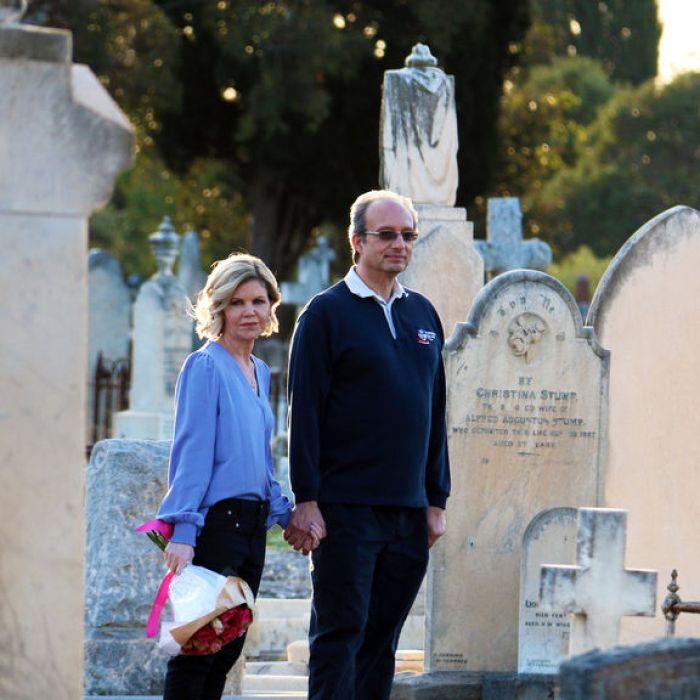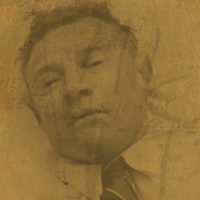Redacted
All Australian
I wonder, whatever happened to JamesDr Lica Sprod who lived on Moseley Street Glenelg, then in Unley Park, was also the Aunt in law of MI5 Australian Station Chief, Robert Victor Hemblys-Scales, who married part time NEFIS informant/spy, Tania Virginia Teppema, daughter of Petrus Ephrem Teppema and Carmen Delprat.
During October 1948 they all got together in Adelaide. Tania announced her engagement to Robert Victor Hemblys Scales in December.
21 Oct 1948 - BUSY 2-DAY PROGRAM - News (Adelaide, SA.) http://nla.gov.au/nla.news-article129897450
25 Dec 1948 - DAUGHTER OF DUTCH MINISTER ENGAGED - The Canberra Times (ACT.) http://nla.gov.au/nla.news-article2782629
Sent from my SM-A305YN using Tapatalk
Montgomery Gilchrist, jun., second secretary of the United States Embassy?
05 Dec 1947 - DIPLOMAT'S DAUGHTER ENGAGED - The West Australian (Perth, WA.) http://nla.gov.au/nla.news-article46821027
Sent from my SM-A305YN using Tapatalk















